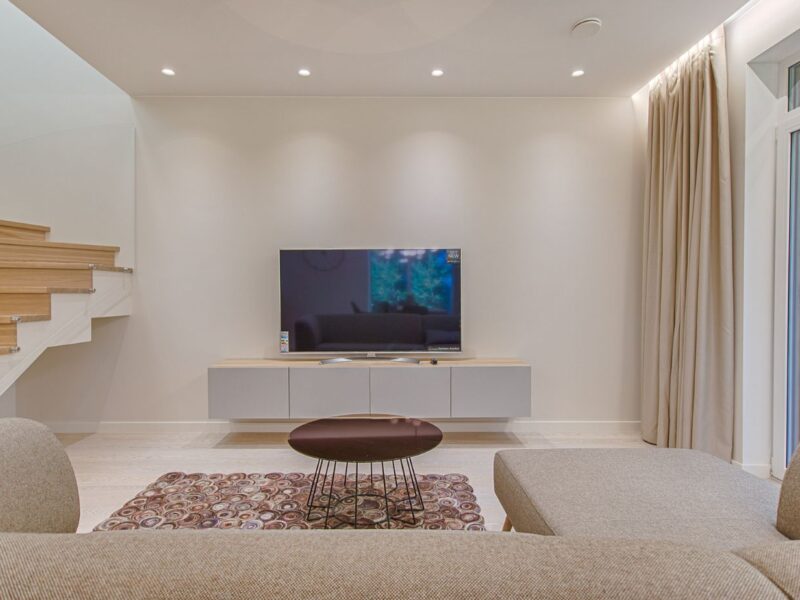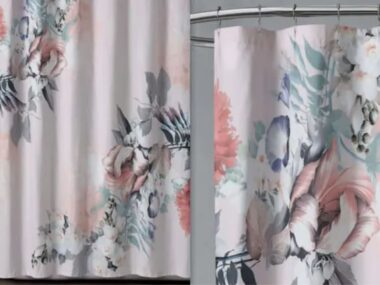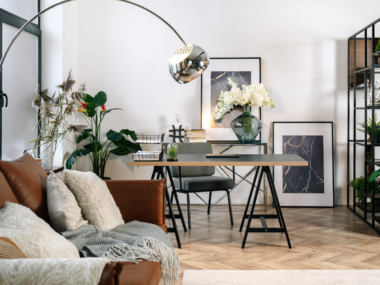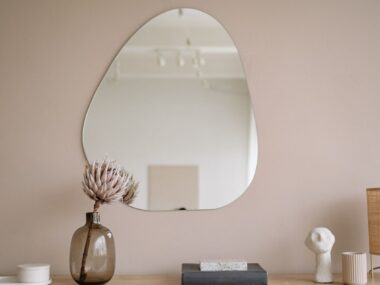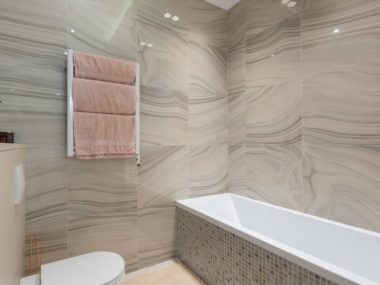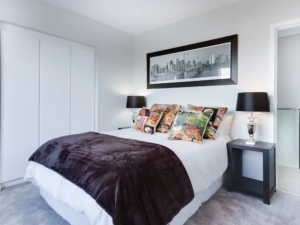Choosing the right TV screen for your living room involves more than just picking a size; it’s about integrating technology seamlessly into your decor to enhance visual appeal and overall ambiance. Explore practical tips for selecting TV screens that complement living room aesthetics, from screen size considerations to frame styles and placement strategies.
Understanding Screen Size Dynamics
Selecting the appropriate screen size is crucial in achieving a balanced and proportionate look within your living space. Consider the viewing distance from your seating area to determine the optimal screen size that ensures comfortable viewing without overpowering the room’s visual dynamics. A general guideline is to choose a screen size that maintains a 30-degree viewing angle for an immersive home theater experience.
Integrating TV Entertainment Units
Consider incorporating TV entertainment units that provide functional storage and display options while concealing cables and accessories for a clutter-free appearance. Choose units with built-in shelves or cabinets that accommodate media components, gaming consoles, and decorative items, ensuring easy access to technology while maintaining a streamlined and organized living room layout.
Exploring Frame Styles and Finishes
Opt for TV screens with minimalist frames or thin bezels that blend seamlessly into your living room decor without drawing undue attention.

Frameless designs or narrow bezels create a sleek and modern aesthetic, allowing the screen to appear as if it’s floating within the room. Choose frame finishes such as matte black, brushed metal, or wood veneer that complement existing furniture finishes and enhance overall room cohesion.
Emphasizing Room Layout and Placement
Position the TV screen at eye level when seated to optimize viewing comfort and reduce neck strain during extended viewing sessions. Mount flat-screen TVs on adjustable wall mounts or TV stands with swivel capabilities to facilitate optimal viewing angles and accommodate different seating arrangements within the room. Ensure the screen is centrally located to create a focal point that enhances room symmetry and balance.
Enhancing Visual Balance with Furniture
Coordinate TV screens with existing furniture pieces to achieve visual harmony and balance within the living room space. Arrange seating around the TV to create a cozy and inviting entertainment area that encourages social interaction and relaxation. Choose furniture upholstery and accent pieces in complementary colors or textures that echo the screen’s frame finish, tying together different elements of your interior design scheme.
Incorporating Lighting and Ambiance
Enhance viewing experiences and ambiance by integrating ambient lighting or accent lighting around the TV area to reduce glare and create a comfortable viewing environment. Install dimmer switches or LED strip lights behind the TV unit to add depth and warmth to the room while highlighting architectural features or decorative elements that frame the screen.
Concealing Cables and Accessories
Ensure cables and power cords are neatly concealed to maintain a tidy and organized living room appearance.

Use cable management solutions such as cord covers, cable clips, or wall channels to route cables discreetly along walls or behind furniture, minimizing visual distractions and safety hazards while preserving the aesthetic integrity of your living space.
Smart Home Technology
Explore smart TV options that integrate seamlessly with home automation systems or voice-controlled assistants, allowing for intuitive control of entertainment options and connected devices. Incorporate smart home technology features such as voice commands, remote access, or screen mirroring capabilities that enhance convenience and functionality while complementing modern living room aesthetics.
Conclusion
Coordinating TV screens with living room aesthetics involves thoughtful consideration of screen size, frame styles, placement strategies, and integration with existing furniture and decor elements. By selecting screens that harmonize with your interior design scheme, incorporating functional TV entertainment units, and enhancing viewing experiences with lighting and smart home technology, you can create a stylish and immersive entertainment hub that reflects your personal style and enhances everyday living experiences.
